Tomar
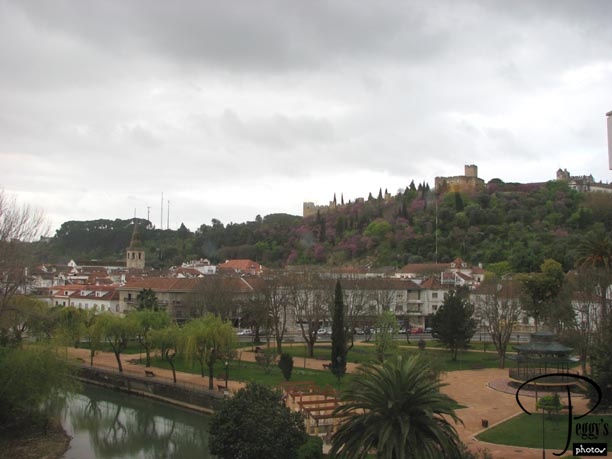
View of morning in Tomar. We checked out of our hotel and drove up the hill to the Convento de Cristo, seen on the top of the hill in the photo.

Tomar
Convento de Cristo
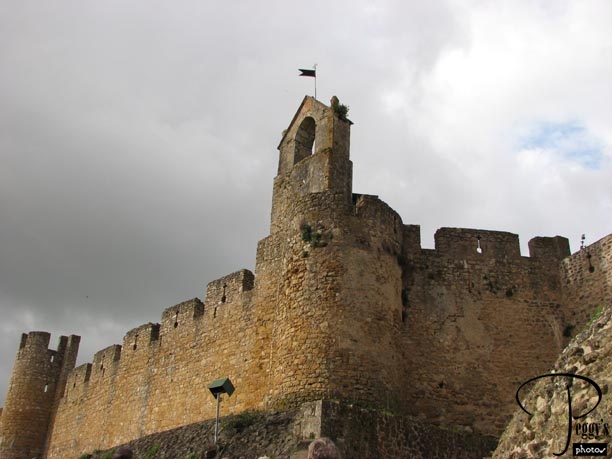
Arriving at the convent. The Convent of Christ was founded in 1162 by the Grand Master of the Templars, Gualdim Pais. The convent is an extremely imposing structure, one that you would imagine it would be like considering the wealth of the Knights Templar.

Convento de Cristo
Convento de Cristo
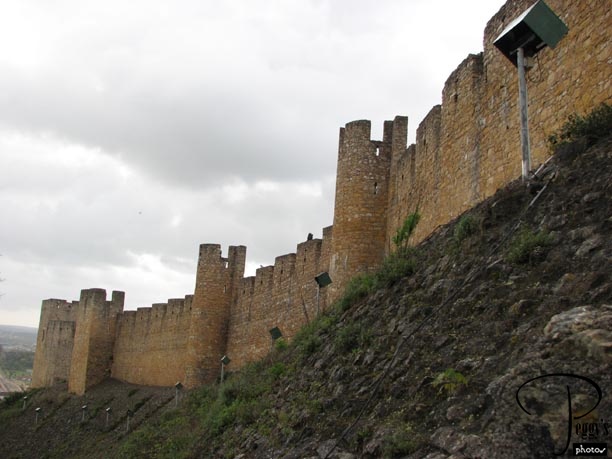
During the 12th and 13th centuries, the Order of the Knights Templar helped the Portuguese fight the Moors. Their reward was extensive political power and lands in Portugal. In 1314, Pope Clement suppressed the Order of the Knights Templar as they were believed to be both too powerful and too rich. However, King Dinis of Portugal turned the Portuguese Knights Templar into the Order of Christ and gave it the Templar’s lands and riches. Photo: The convent’s walls.

Convento de Cristo
Convento de Cristo
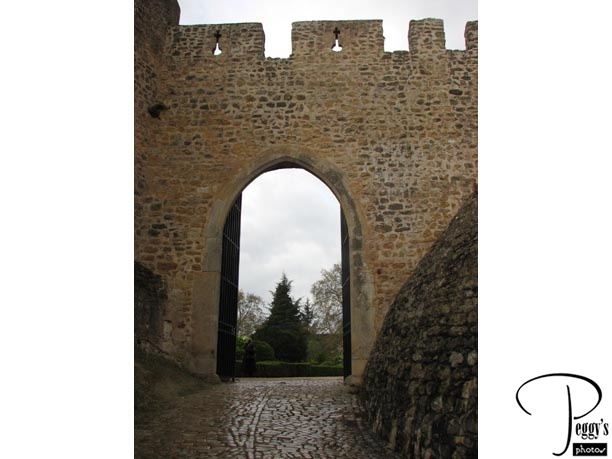
Entrance to the convent.

Convento de Cristo
Convento de Cristo
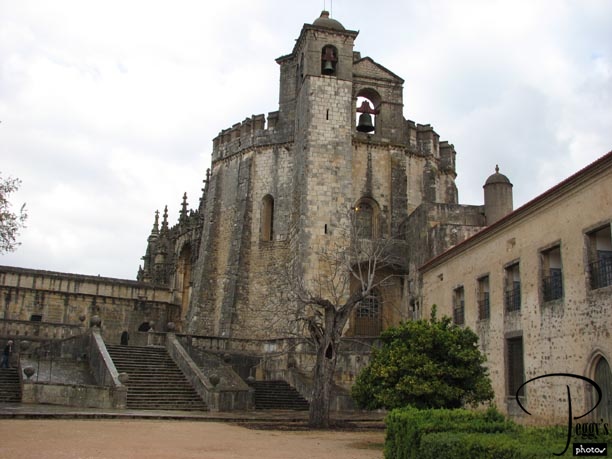
The Charola––the original 16–sided Templar church.

Convento de Cristo
Convento de Cristo

More of the outside.

Convento de Cristo
Convento de Cristo
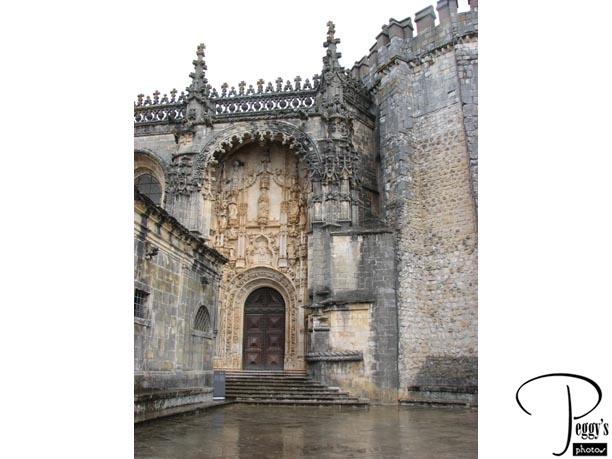
The South Portal. Cloisters were added to the convent by Prince Henry the Navigator in 1418, and a church, more cloisters, and Manueline designs, by King Joao III (1521–57). You can see the Manueline designs on this South Portal.

Convento de Cristo
Convento de Cristo
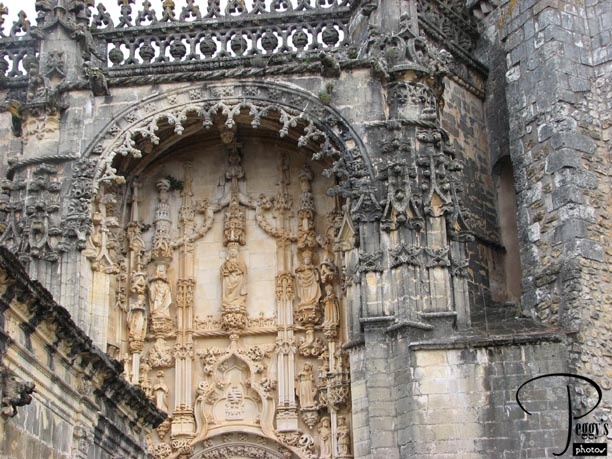
Close–up of the South Portal.

Convento de Cristo
Convento de Cristo
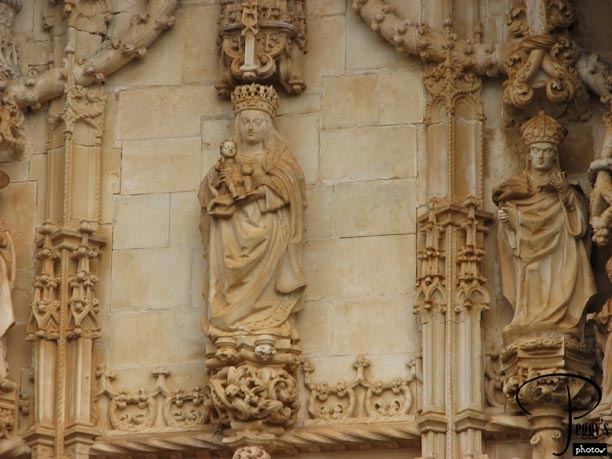
Closer–up.

Convento de Cristo
Convento de Cristo
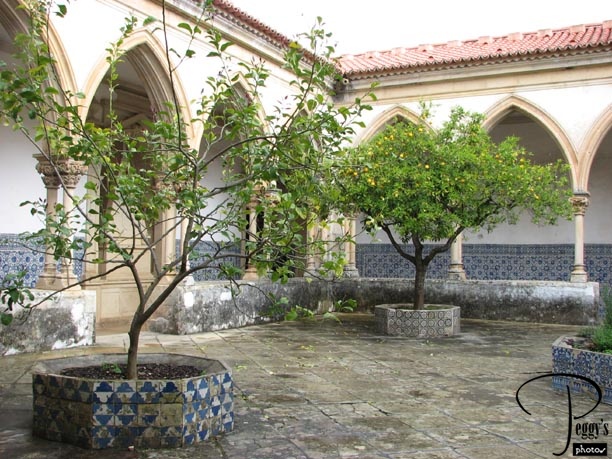
The Cemetery Cloister.

Convento de Cristo
Convento de Cristo
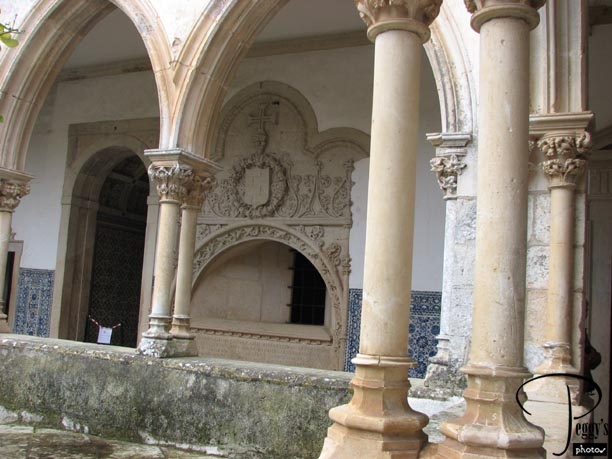
The Cemetery Cloister.

Convento de Cristo
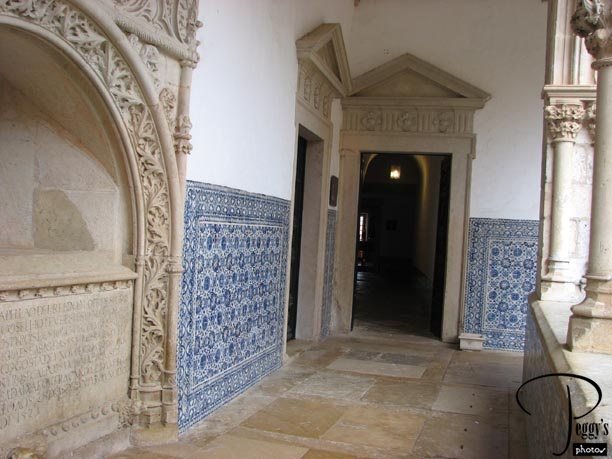
Colonnade of the Cemetery Cloister.

Convento de Cristo
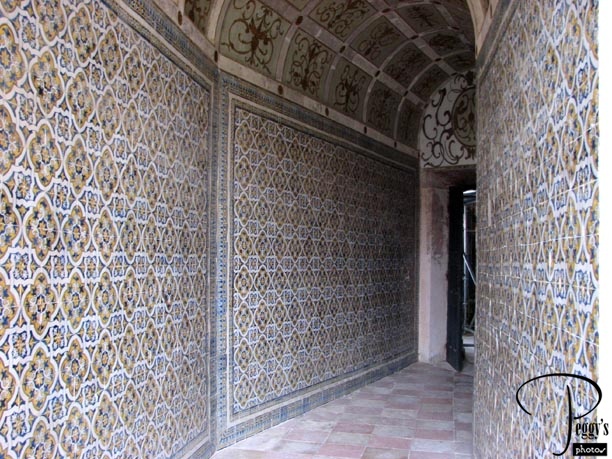
A tiled hallway off the cloister.

Convento de Cristo
Convento de Cristo
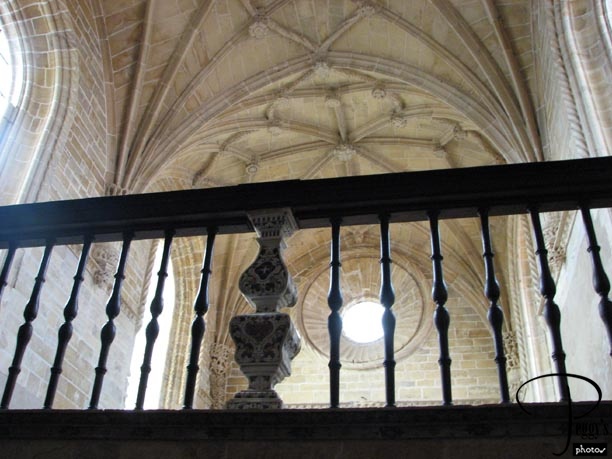
Upper choir of the Manueline Church.

Convento de Cristo
Convento de Cristo
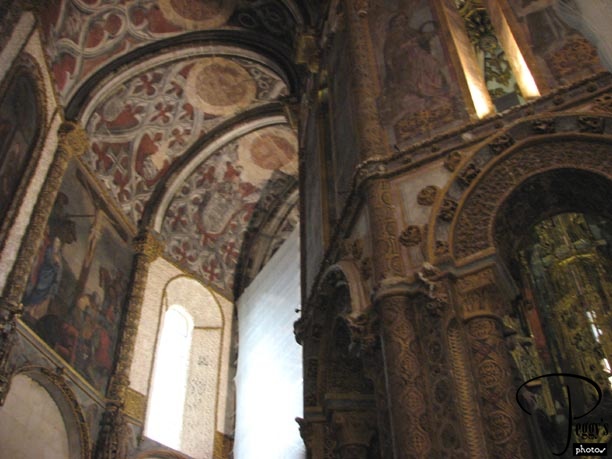
The Charola, which was based on the rotunda of Jerualem’s Holy Sepulchre. Its paintings and frescoes are mostly 16th century.

Convento de Cristo
Convento de Cristo
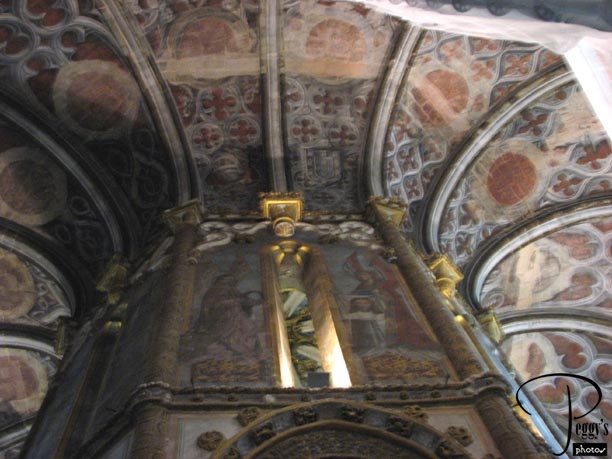
More of the Charola.

Convento de Cristo
Convento de Cristo
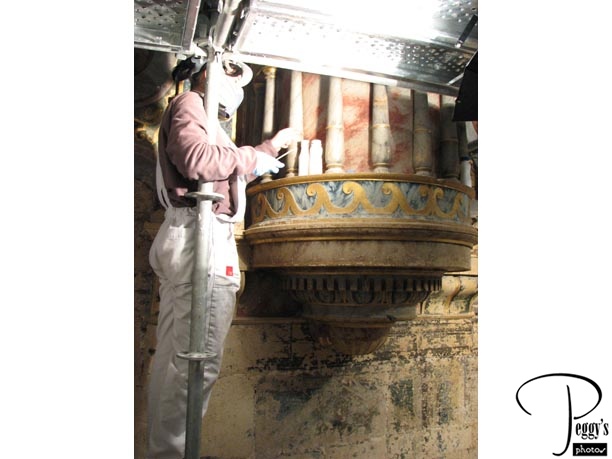
We weren’t allowed to walk inside the Charola because of the restoration work now being done on it. Workers were painstakingly (note the size of the paint brush in the worker’s hand) restoring the Charola. They were doing this behind netting.

Convento de Cristo
Convento de Cristo
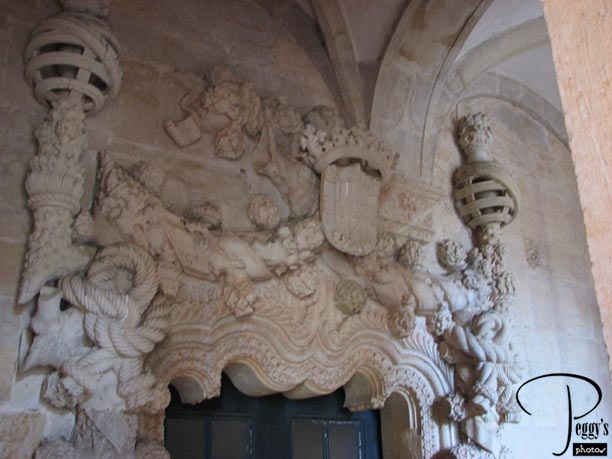
Top of a Manueline window in a corridor.

Convento de Cristo
Convento de Cristo

Cloister of the Crows.

Convento de Cristo
Convento de Cristo
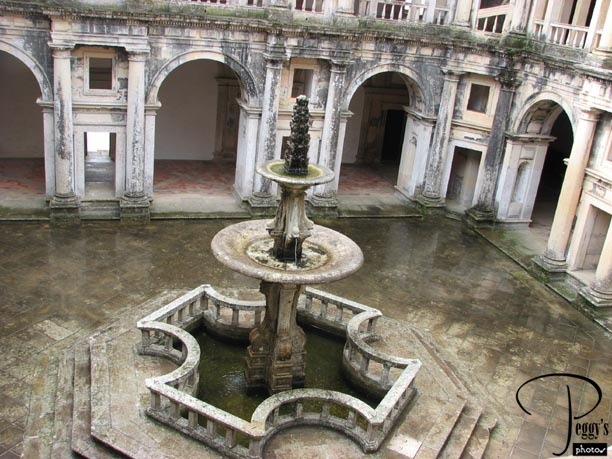
The fountain seen from above.

Convento de Cristo
Convento de Cristo
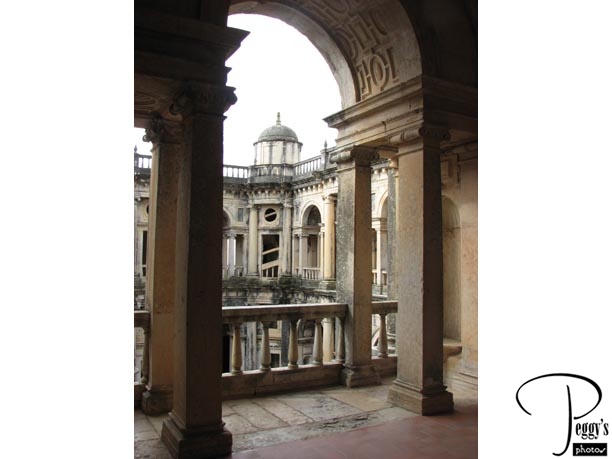
The Great Cloister.

Convento de Cristo
Convento de Cristo
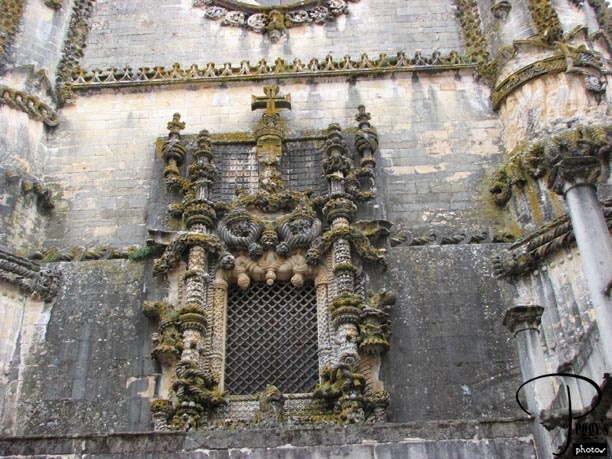
A large outside Manueline window.

Convento de Cristo
Convento de Cristo
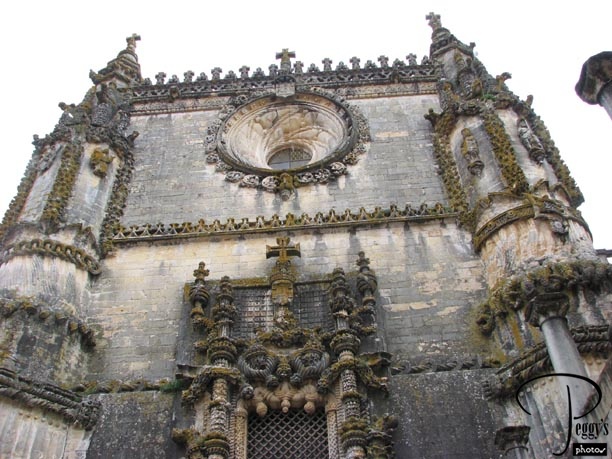
View above the window.

Convento de Cristo
Convento de Cristo
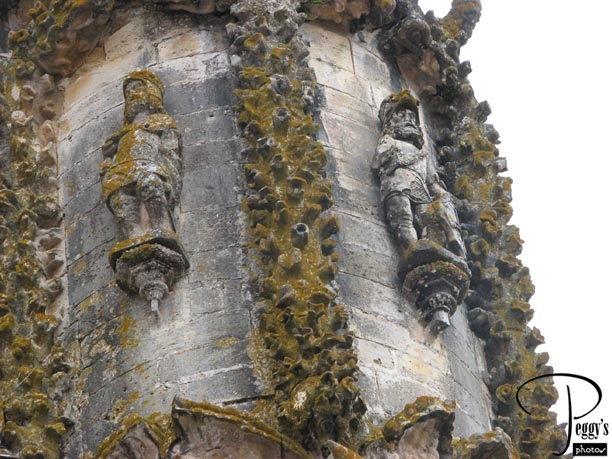
Statues to the right of the window.

Convento de Cristo
Convento de Cristo
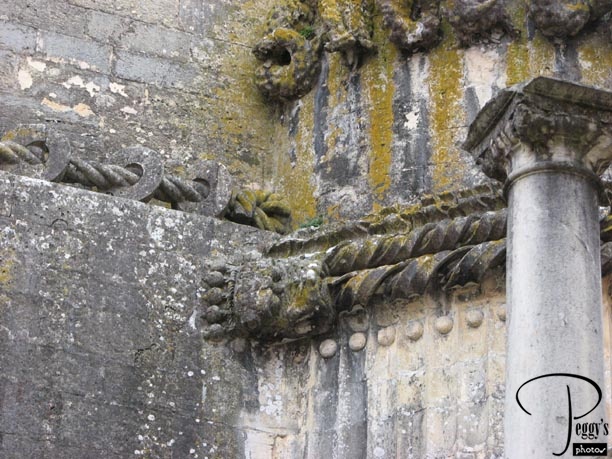
I think that Rui told us that this figure at the end of the ropes is a sea monster.

Convento de Cristo
Convento de Cristo
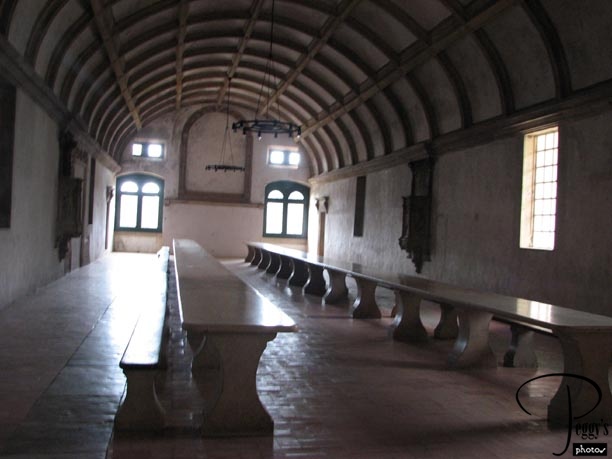
The refractory.

Convento de Cristo
Convento de Cristo
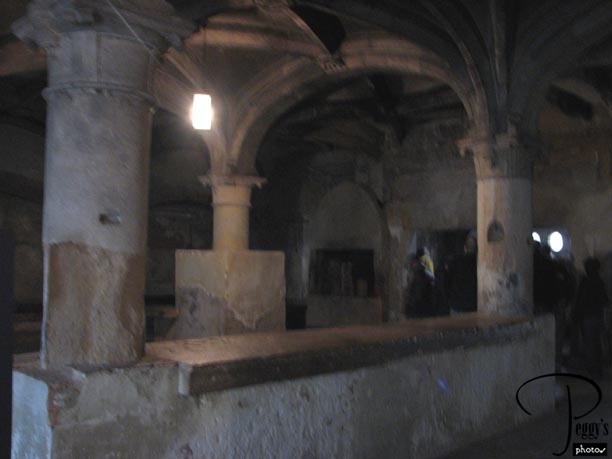
The kitchen.

Convento de Cristo
Convento de Cristo
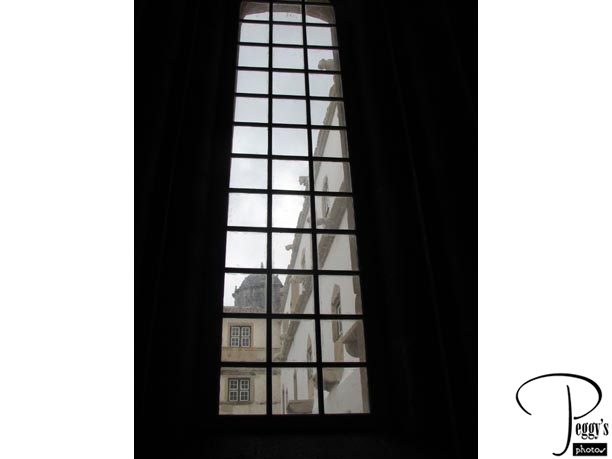
View through a window.

Convento de Cristo
Convento de Cristo
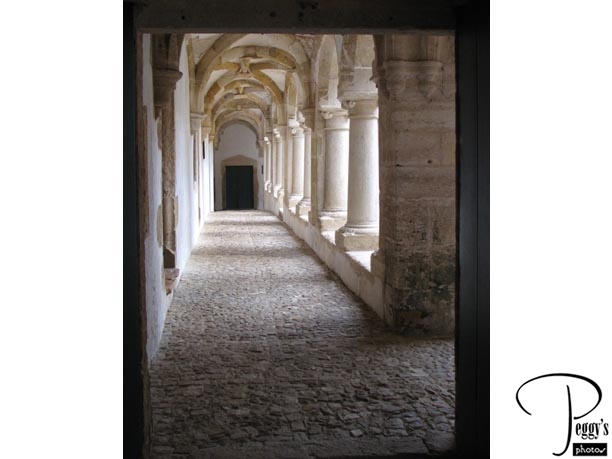
A walkway.

Convento de Cristo
Convento de Cristo
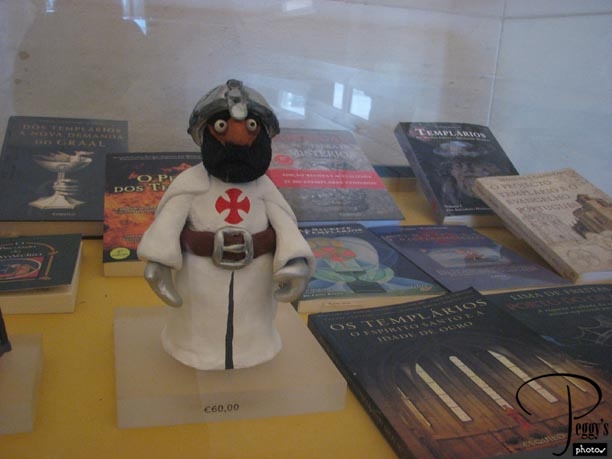
Doll and books in the gift shop.

Convento de Cristo
Convento de Cristo
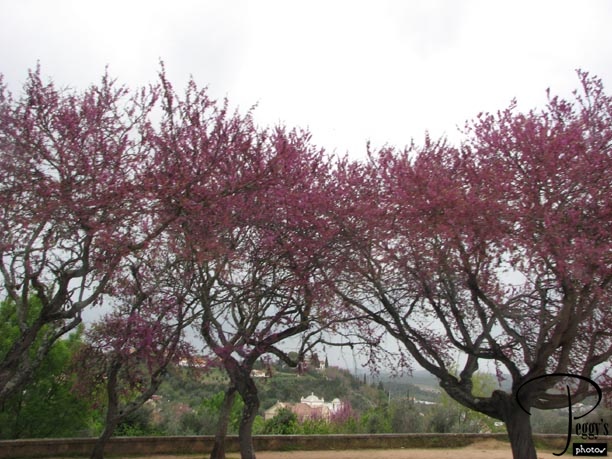
Judas trees in bloom outside the convent.

Convento de Cristo
On the Road
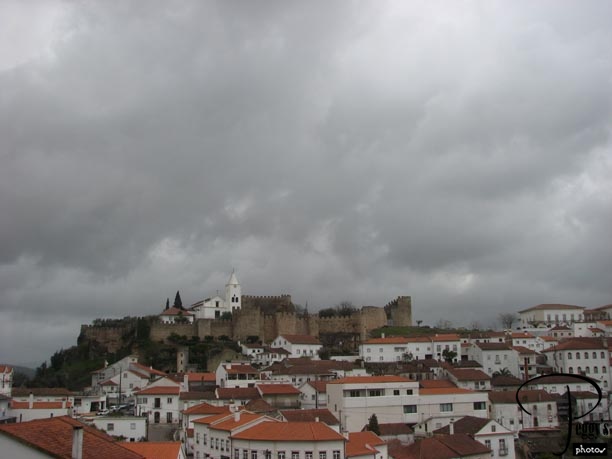
Pamela Castle seen from the bus. Portugal has no shortage of medieval castles. We saw many of them atop hills.

On the Road
On the Road
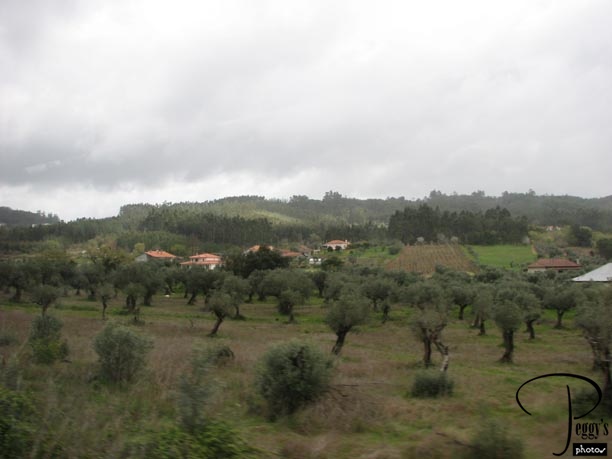
Cork trees.

On the Road
On the Road
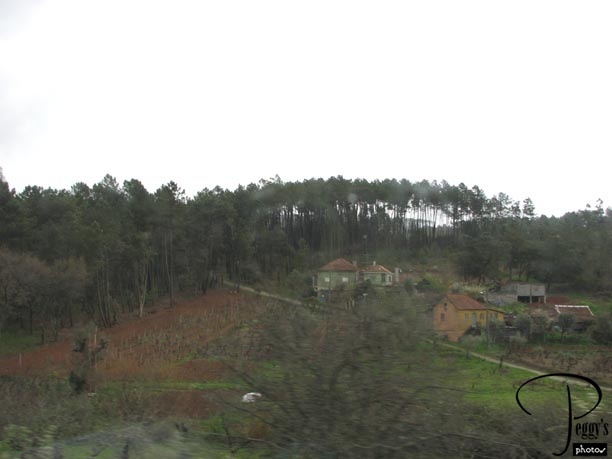
Eucalyptus grove. In Portugal, these trees are cut down when about 10 years old and then used to make paper.

On the Road
Conimbriga
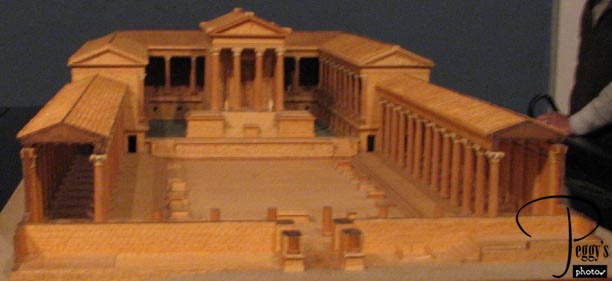
We quickly went from medieval times to Roman times when we arrived at the Roman ruins in Conimbriga. This is what the Roman Conimbriga is thought to have looked like.

Conimbriga
Conimbriga
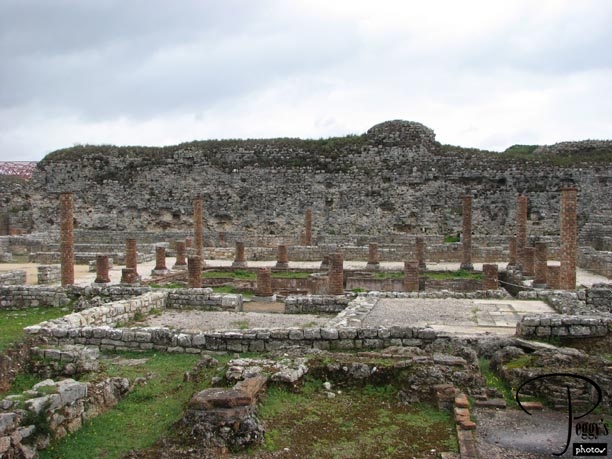
Conimbriga is the largest and most extensively excavated Roman site in Portugal. It is believed that the Romans were here as early as the second century BC and the Celts even earlier. There are outlines of shops, baths, and homes.

Conimbriga
Conimbriga
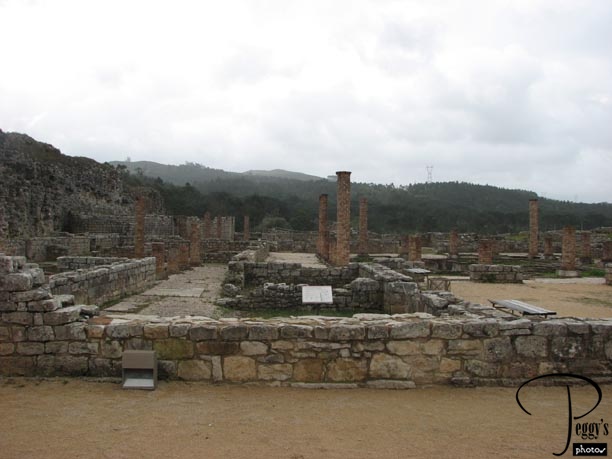
Another view.

Conimbriga
Conimbriga
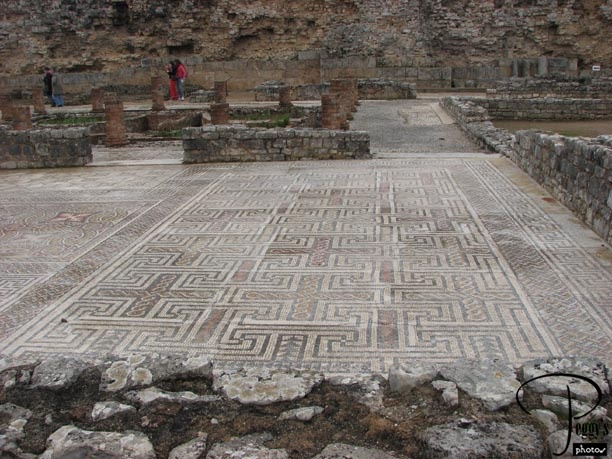
One of the truly fascinating parts of these ruins are the mosaic floors––not only how well they have been restored but also their intricate patterns.

Conimbriga
Conimbriga
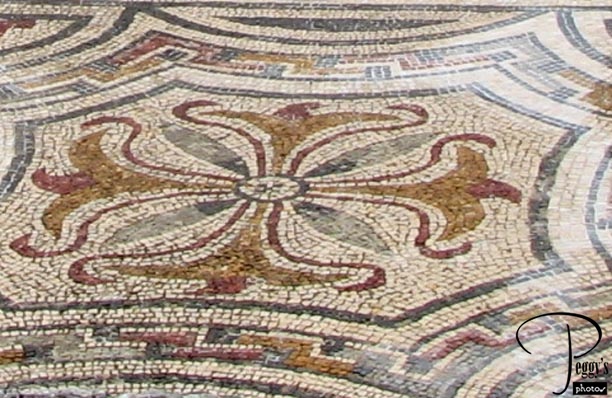
A close–up.

Conimbriga
Conimbriga
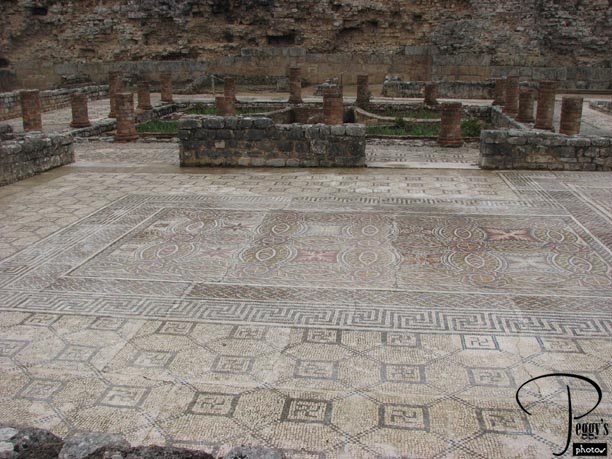
More of the mosaics.

Conimbriga
Conimbriga
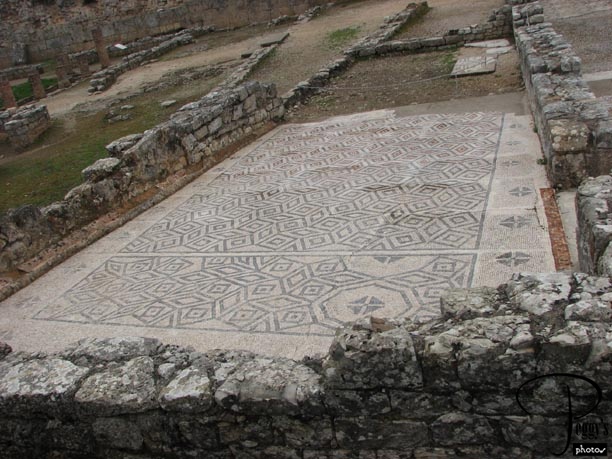
And another.

Conimbriga
Conimbriga

A close–up.

Conimbriga
Conimbriga
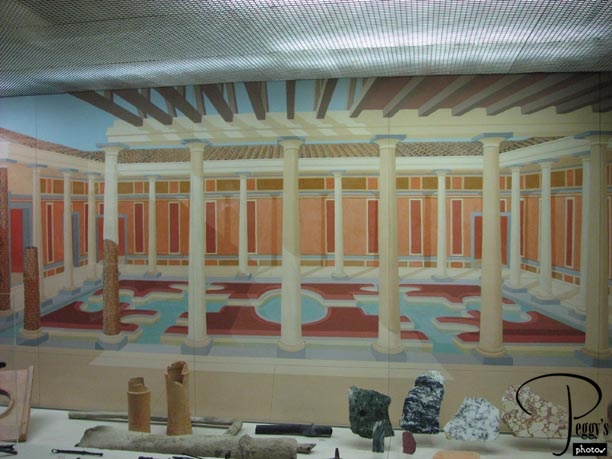
This is a re–creation of how the “Casa de Cantaber” is thought to have looked like.

Conimbriga
Conimbriga
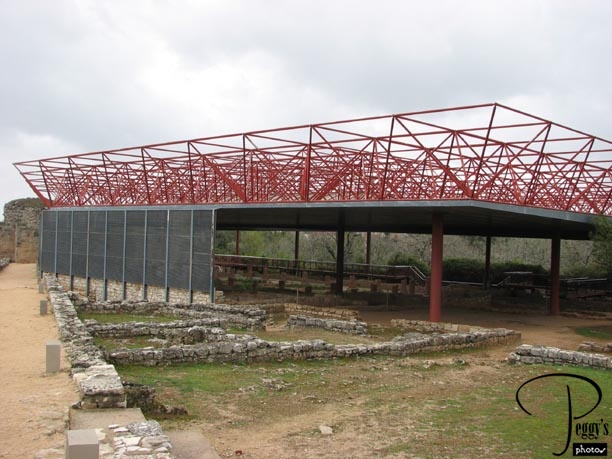
Its ruins are under this protective cover.

Conimbriga
Conimbriga
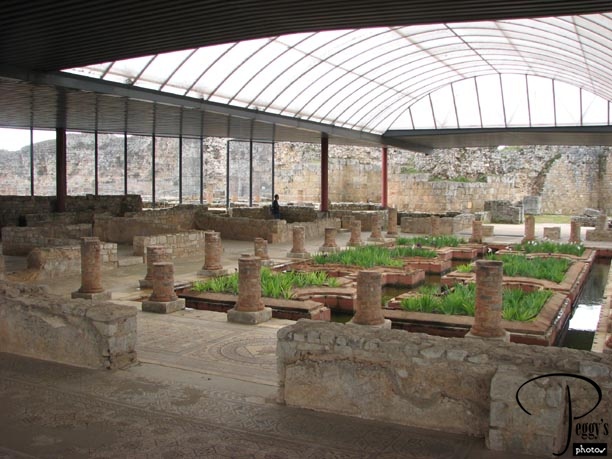
As it looks today. The Casa is one of the largest houses to have been discovered in the western Roman empire.

Conimbriga
Conimbriga
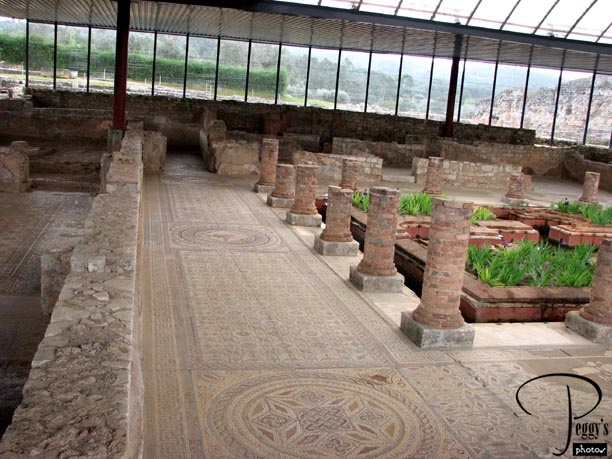
Another view.

Conimbriga
Conimbriga
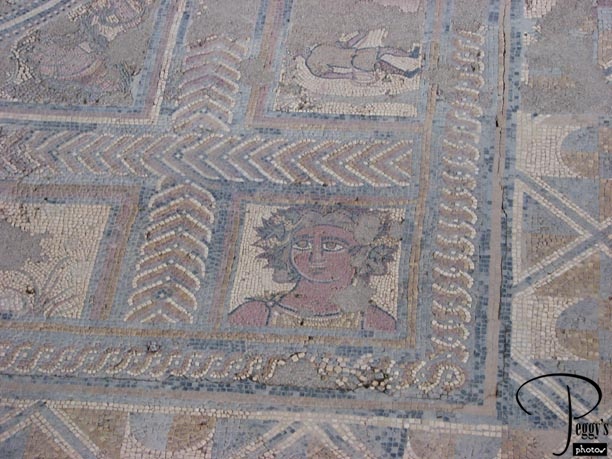
Close–up of one of the figures in the mosaic floor of the Casa.

Conimbriga
Conimbriga
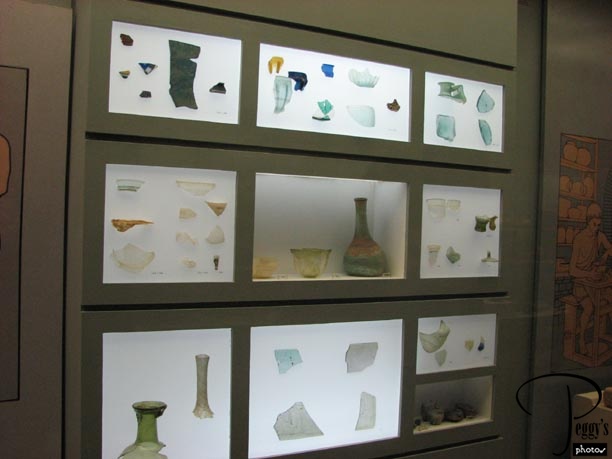
Glass fragments found in the ruins showcased in the museum.

Conimbriga
Conimbriga
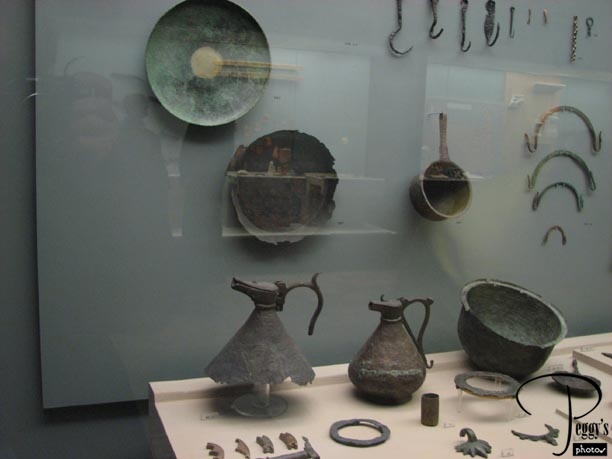
Cooking implements in the museum.

Conimbriga
Coimbra
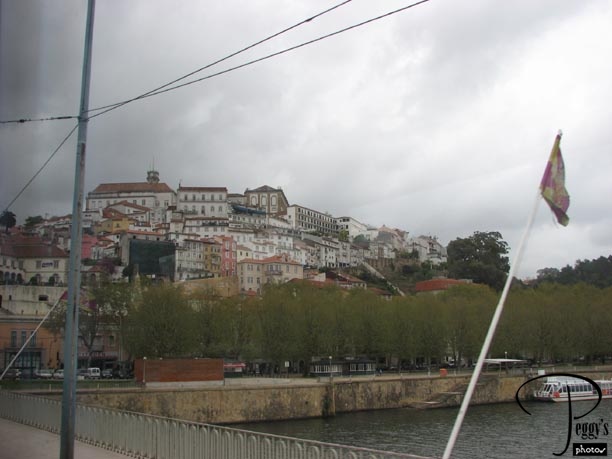
Coming to our next stop: Coimbra. It was founded by the Romans, its name being taken from nearby Conimbriga. In 878, Coimbra was taken from the Moors, retaken by the Moors in the late 900s, then retaken from them in 1064. In 1139, Portugal’s first king, Afonso Henriques, made Coimbra his capital. It remained Portugal’s capital until 1256.

Coimbra
Coimbra
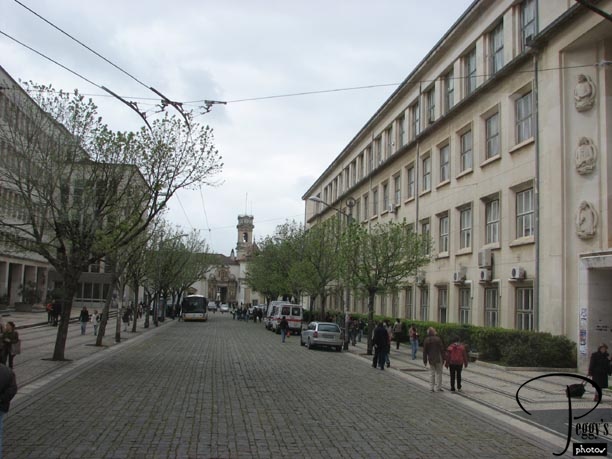
Walking through the University of Coimbra, the oldest university in Portugal (established 1537). The buildings in this photo were from the dictator Salazar era and not very attractive.

Coimbra
Coimbra
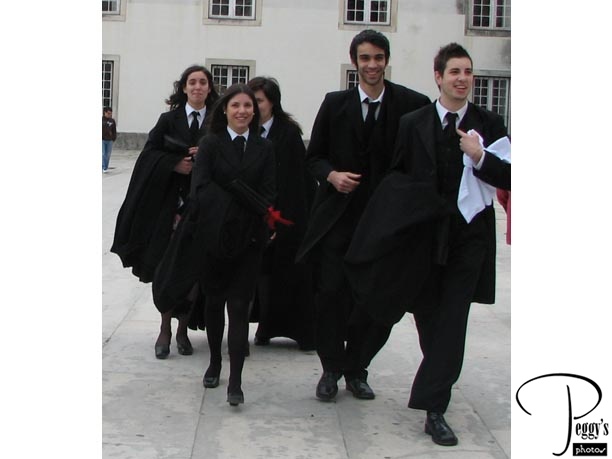
We passed these Coimbra University students wearing their traditional outfit (but most of the students were just wearing regular clothes). They liked having their photos taken.

Coimbra
Coimbra
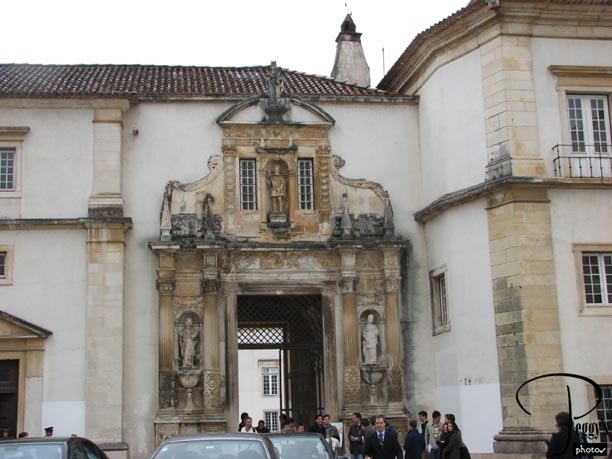
The Porta Ferrea, built in 1634, the entrance to the old part of the university.

Coimbra
Coimbra
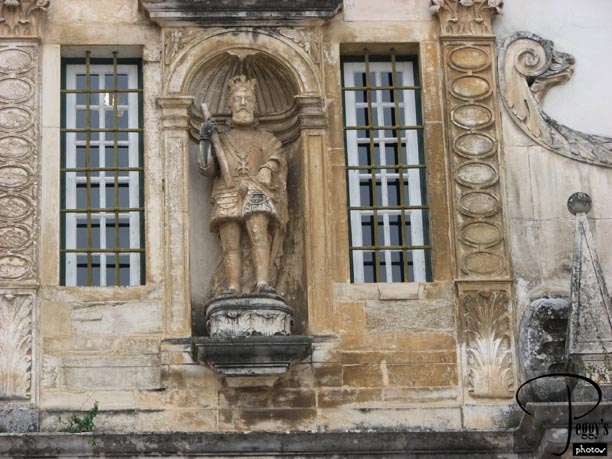
Statue of a king on top of the Porta Ferrea.

Coimbra
Coimbra
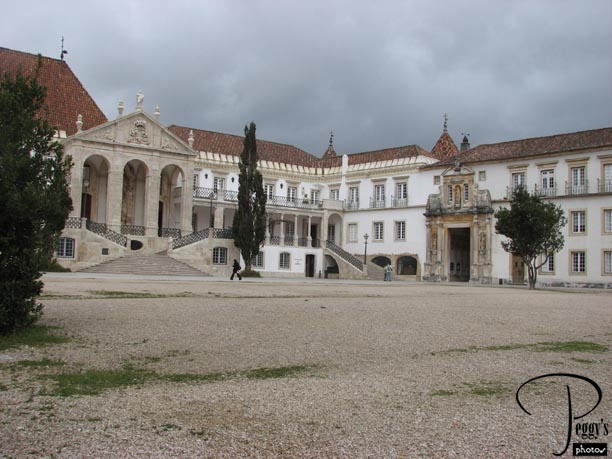
The buildings through the Porta Ferrea. They are part of the old palace. The courtyard is named the Patio das Escolas. The Grand Hall is on the left of the photo.

Coimbra
Coimbra
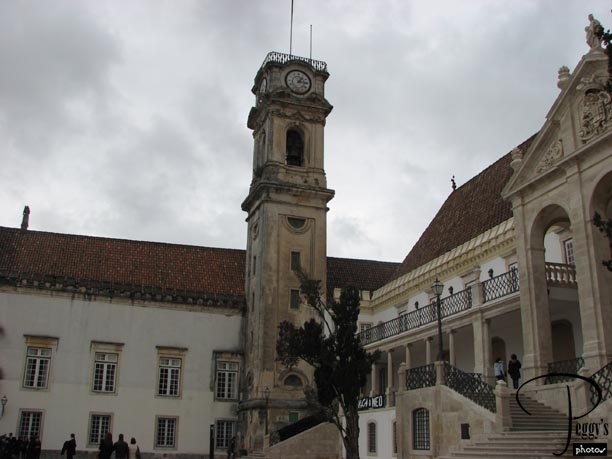
The bell tower in the Patio das Escolas, completed in 1733.

Coimbra
Coimbra

Statue of King John III, who modernized education in Portugal.

Coimbra
Coimbra
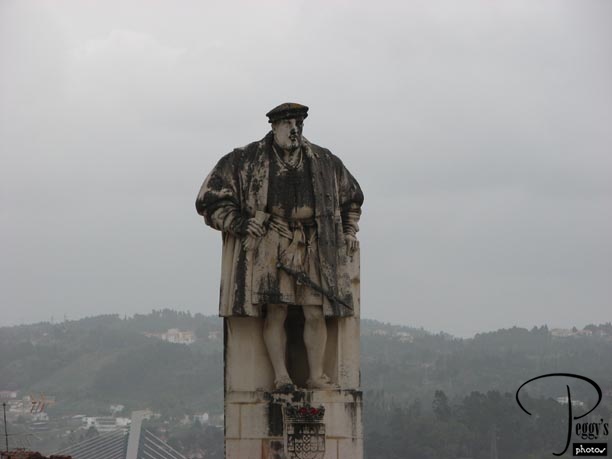
Close–up of the photo.

Coimbra
Coimbra
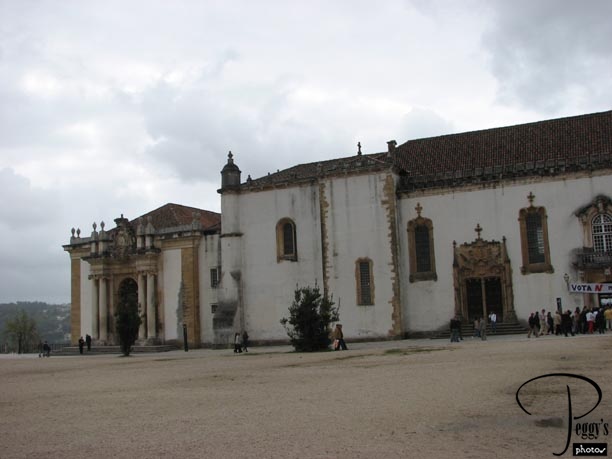
On the left of the photo is the Biblioteca Joanina, named for its benefactor King Joao IV, who built this library in the 18th century. To the right is the Capela de Sao Miguel begun in 1517.

Coimbra
Coimbra
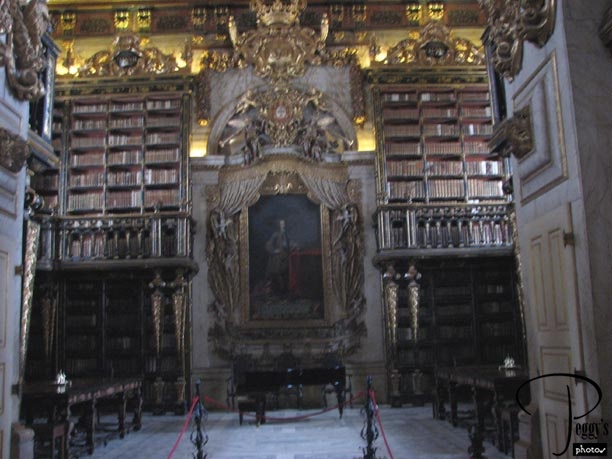
We visited the Biblioteca Joanina. It houses about 300,000 books and is quite decorative.

Coimbra
Coimbra
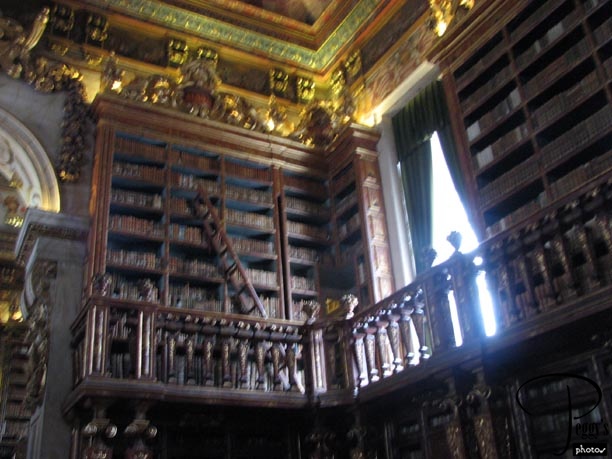
That ladder will fit flush into the space between the bookcases.

Coimbra
Coimbra
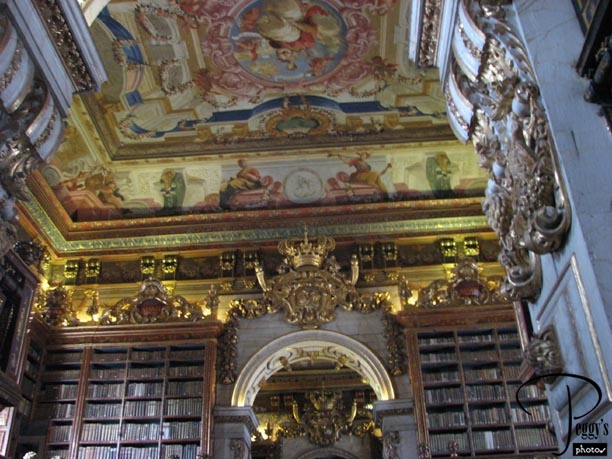
More of the Biblioteca.

Coimbra
Coimbra
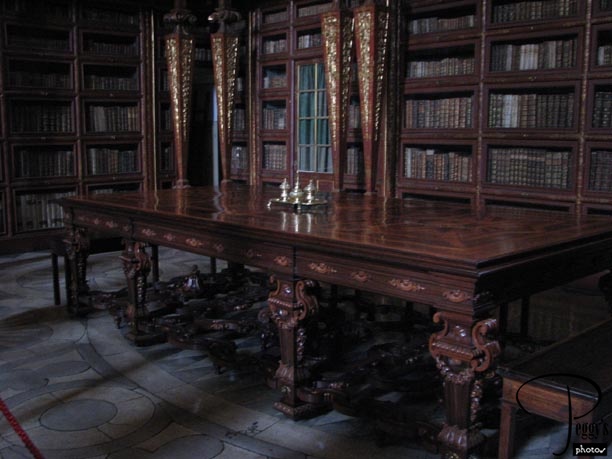
The wood is from Brazil. It was about now that we were told that we couldn’t take photos inside the Biblioteca––somehow we had all misunderstood that we could.

Coimbra
Coimbra
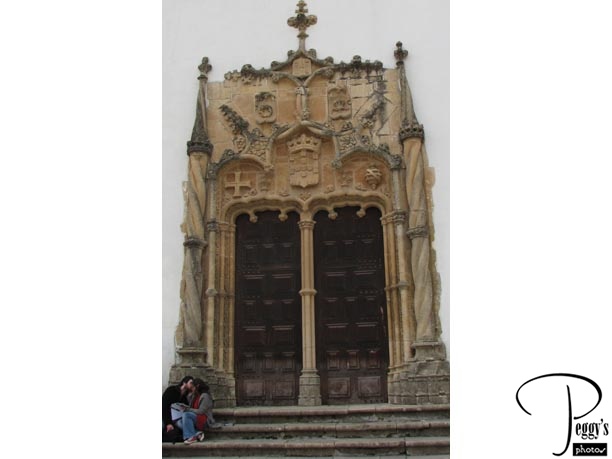
Portal of the Capela de Sao Miguel in the Manueline style.

Coimbra
Coimbra
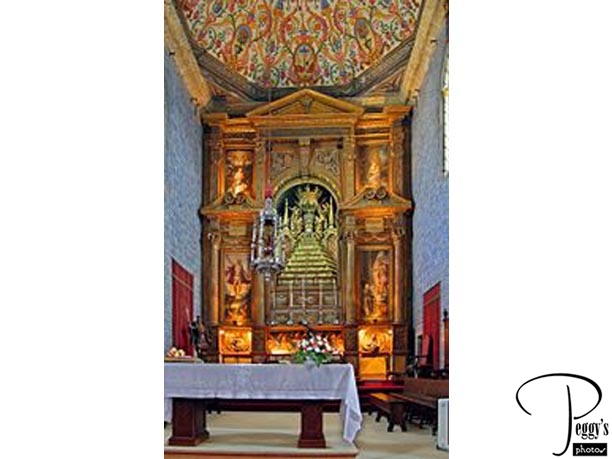
We were definitely told that we were not allowed to take photos inside the Capela. I borrowed this photo of it from an Internet site.

Coimbra
Coimbra
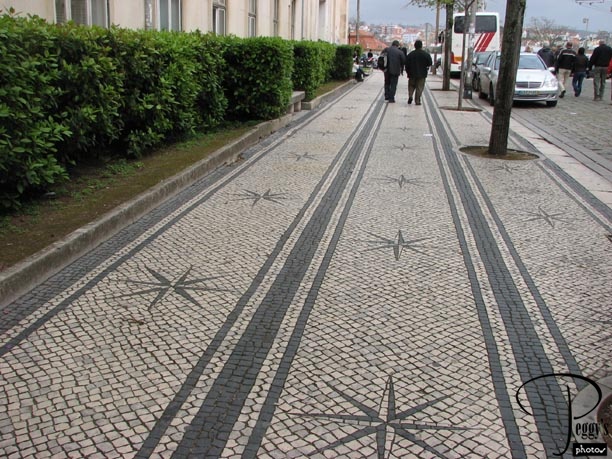
Cobblestoned walkway back to the bus.

Coimbra
Coimbra
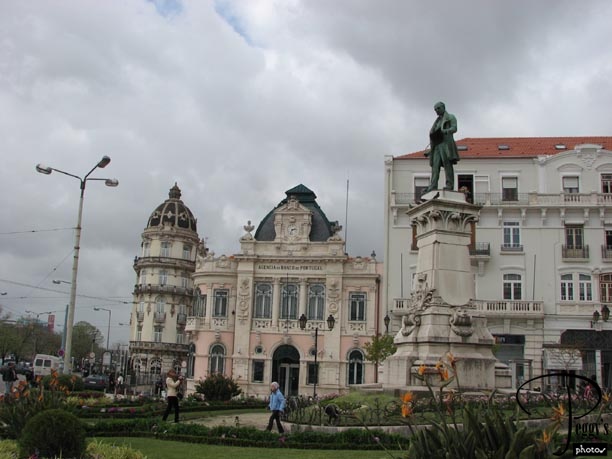
We drove down the hill from the university to a shopping and eating area of Coimbra to have lunch. A beautiful square in Coimbra.

Coimbra
Coimbra
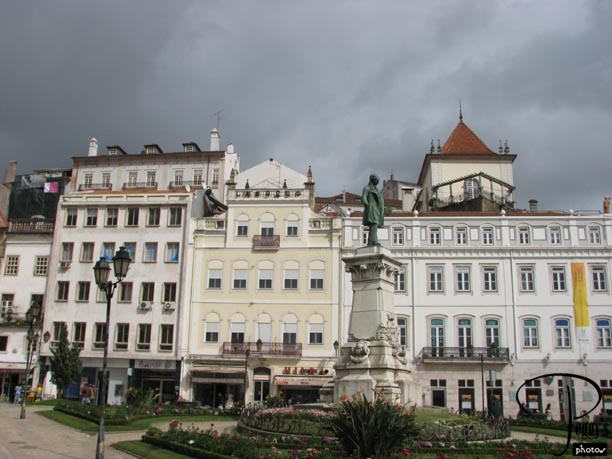
Another side of the square.

Coimbra
Coimbra
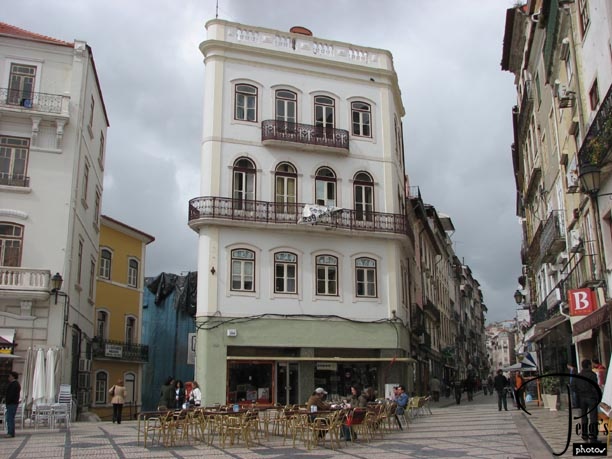
Another building on the square.

Coimbra
Coimbra
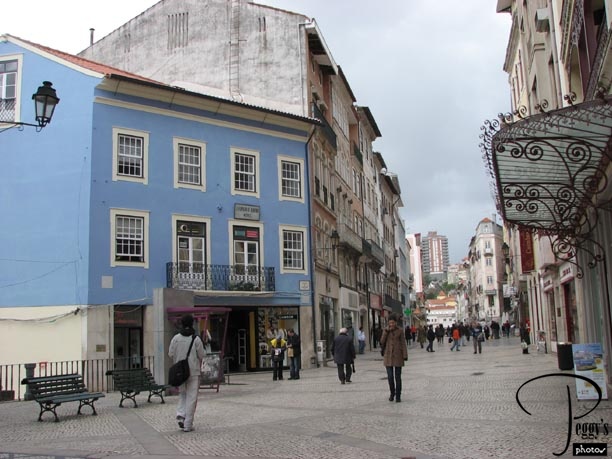
A street off the square.

Coimbra
Coimbra
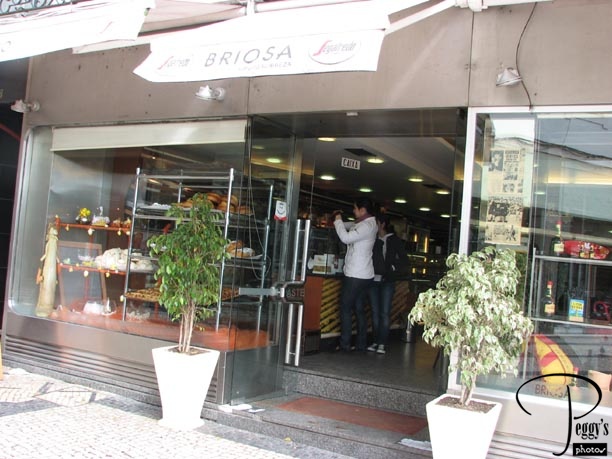
I ate lunch at this pastry shop.

Coimbra
Coimbra
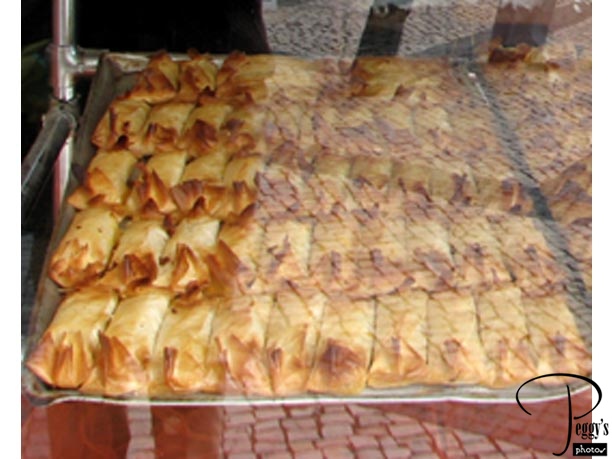
I ordered a tuna sandwich (the tuna fish in Portugal is extremely tasty), coffee, and one of these delicious pastries (I don’t think you can have an undelicious pasty in Portugal). Total cost: 3,80 euros.

Coimbra
National Forest of Bucaco
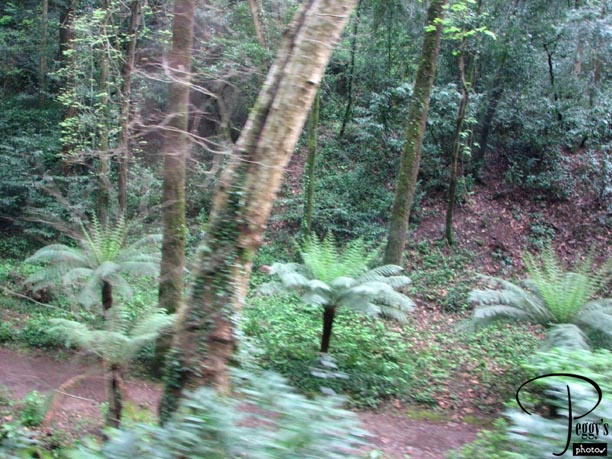
We next drove through the National Forest of Bucao, containing over 700 native and exotic species. Many of the plants here were brought by the Portuguese explorers.

National Forest of Bucaco
Bucaco Palace Hotel
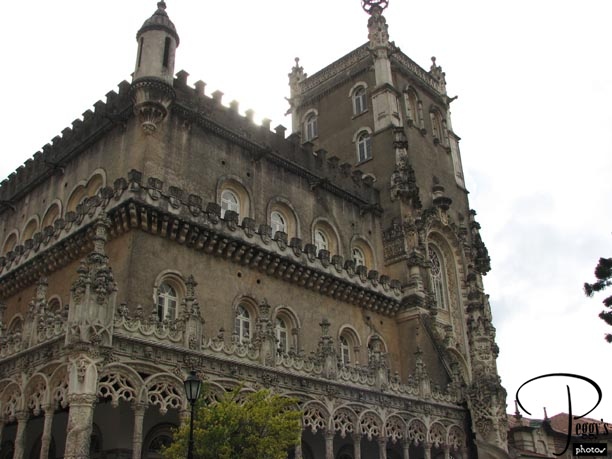
Our first look at the five–star Bucaco Palace Hotel––no, Globus was not going to put us up for the night here. King Carlos commissioned Neo–Manueline building in 1888. It was completed in 1907 and was used by the kings as a hunting lodge.

Bucaco Palace Hotel
Bucaco Palace Hotel
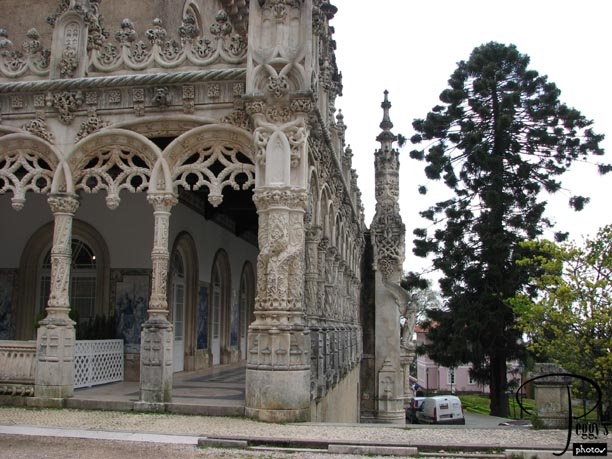
Walking around to the left.

Bucaco Palace Hotel
Bucaco Palace Hotel
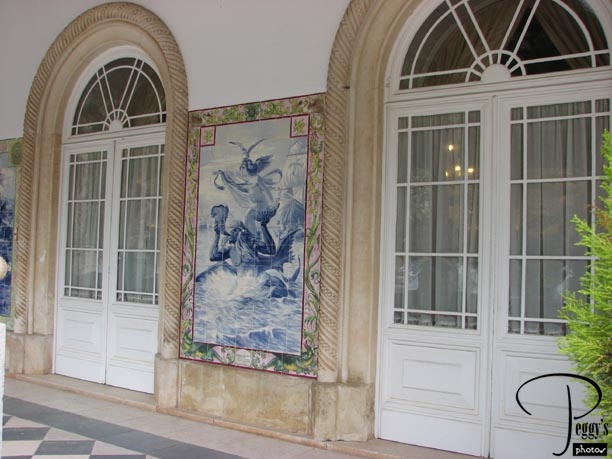
Tiles outside the hotel.

Bucaco Palace Hotel
Bucaco Palace Hotel
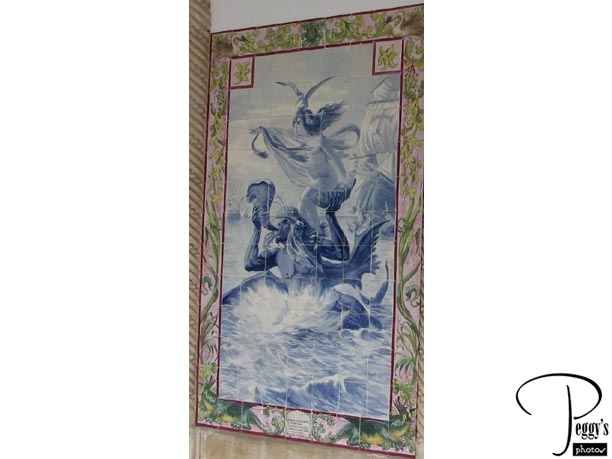
Close–up of the tile mural.

Bucaco Palace Hotel
Bucaco Palace Hotel
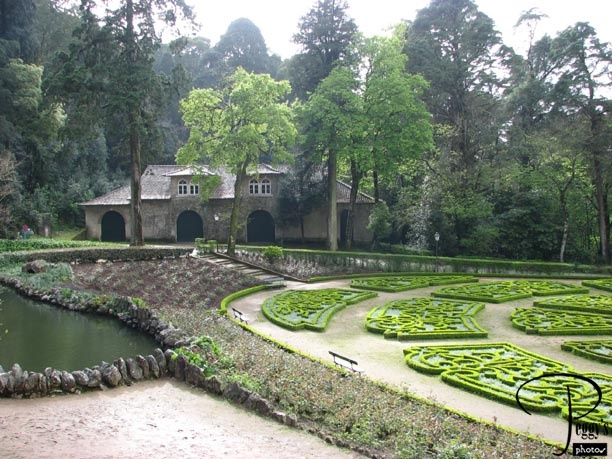
Farther around.

Bucaco Palace Hotel
Bucaco Palace Hotel
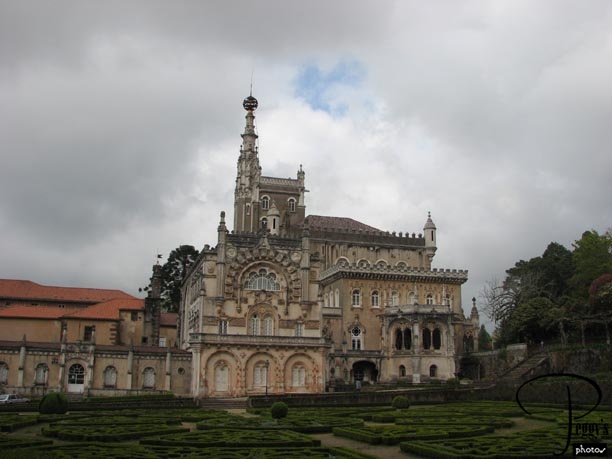
I think this is the front of the hotel.

Bucaco Palace Hotel
Bucaco Palace Hotel
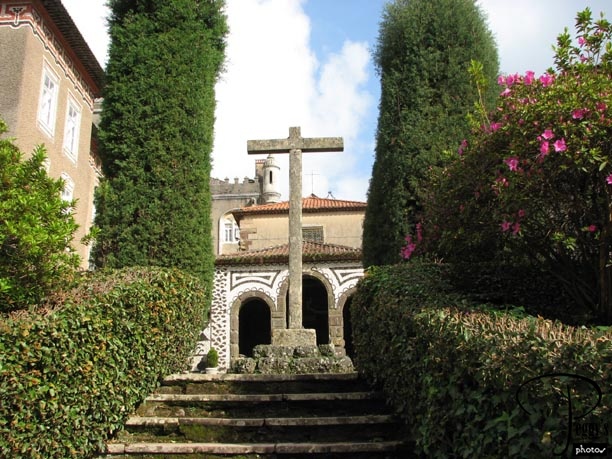
A chapel on the side.

Bucaco Palace Hotel
Bucaco Palace Hotel

Around the back again.

Bucaco Palace Hotel
Bucaco Palace Hotel
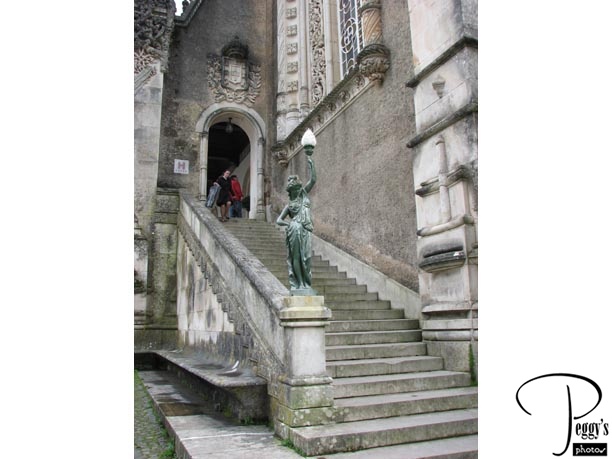
Also around the back.

Bucaco Palace Hotel
Bucaco Palace Hotel
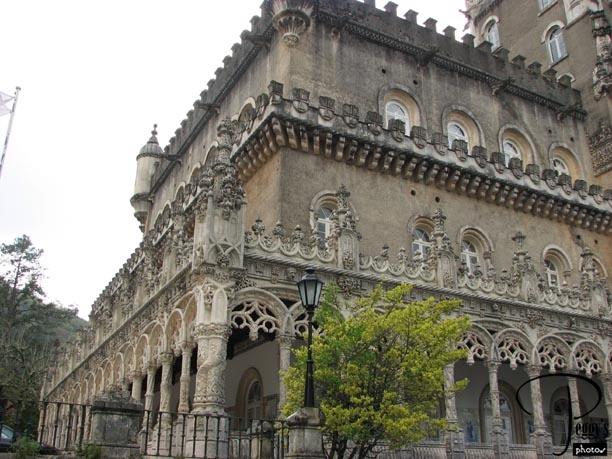
Where we started.

Bucaco Palace Hotel
Porto
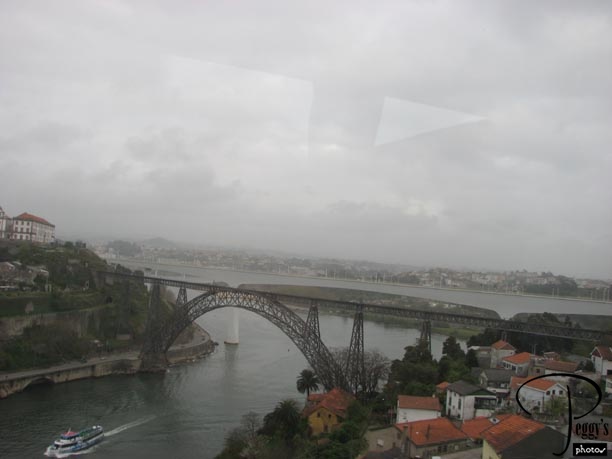
Coming into Porto, where we would spend the night and the next day. Porto is Portugal’s second largest city.

Porto
Porto
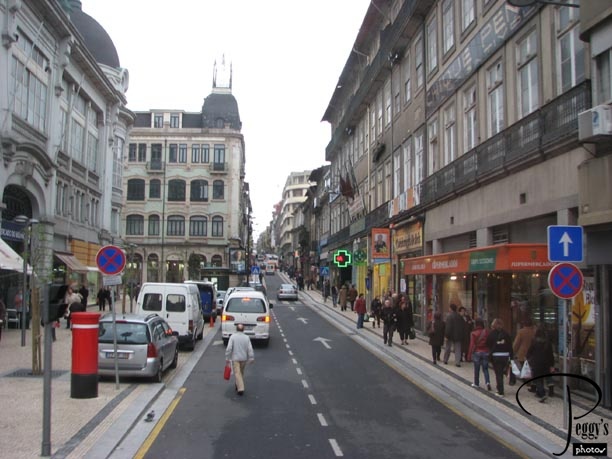
It’s a busy city.

Porto
Porto
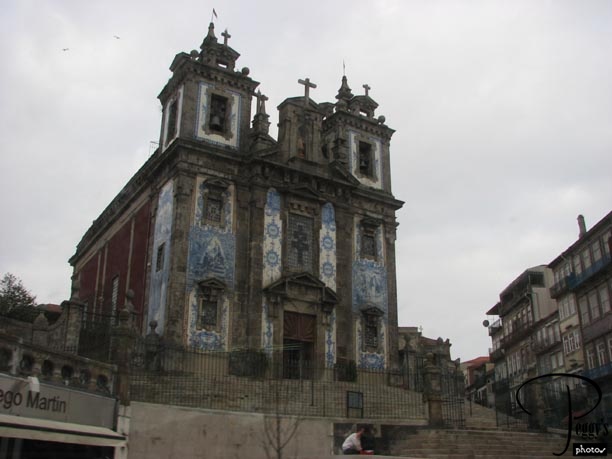
And full of interesting architecture. We passed this church.

Porto
Porto
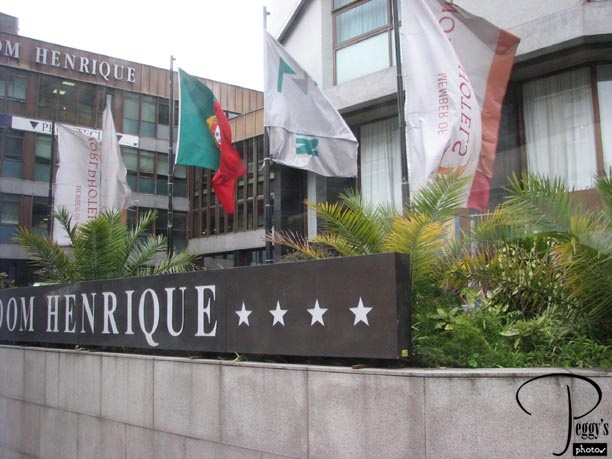
And arrived at our hotel: the Dom Henrique. Not the Bucaco Palace but still a good, centrally located hotel. We had dinner at our hotel tonight: shredded cabbage soup and fish––probably cod, the national fish of Portugal. The shredded cabbage soup was tasty but those shreds were a bit hard to negotiate. On the regular hotel restaurant menu were some interesting items: hake fillets, wreckfish, grilled monkfish on the spit, octopus fillets, clams au grating, and grilled squids––a real fish lover’s delight.
